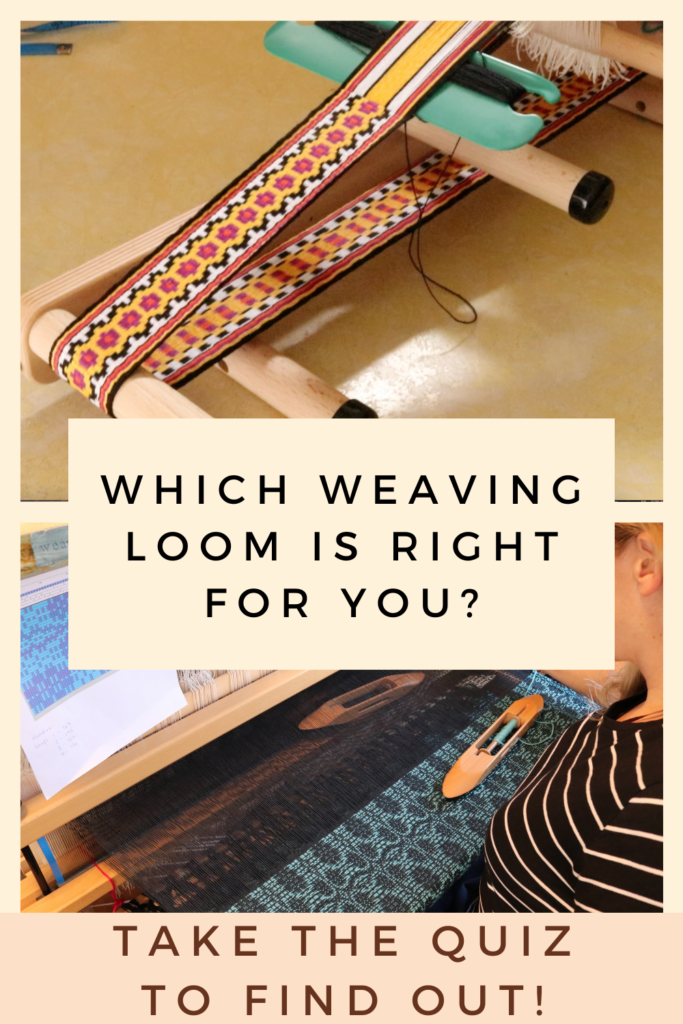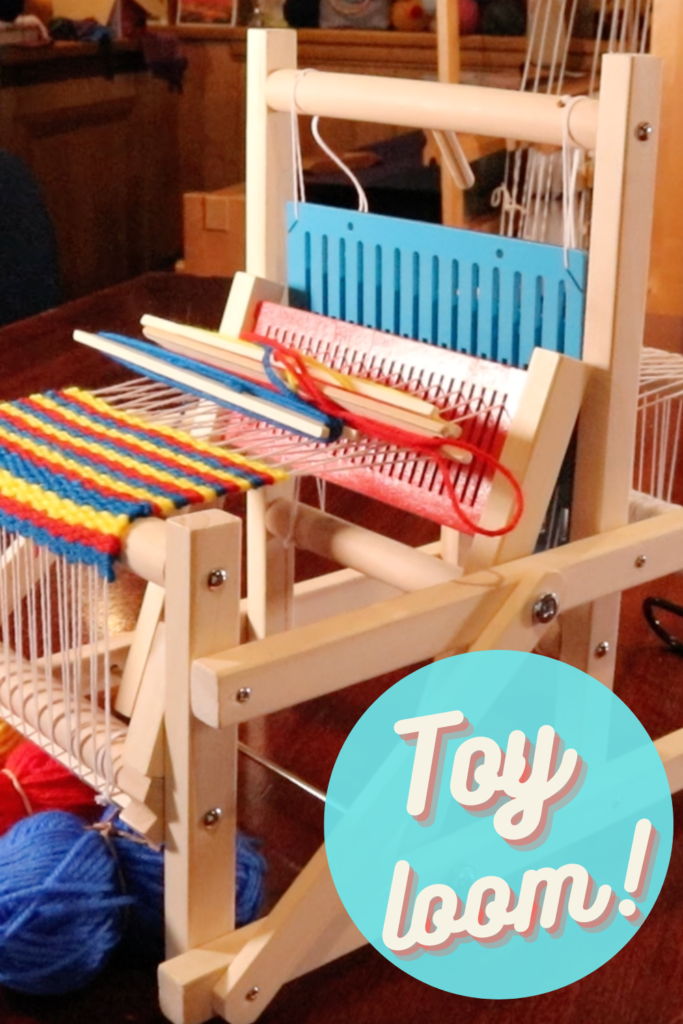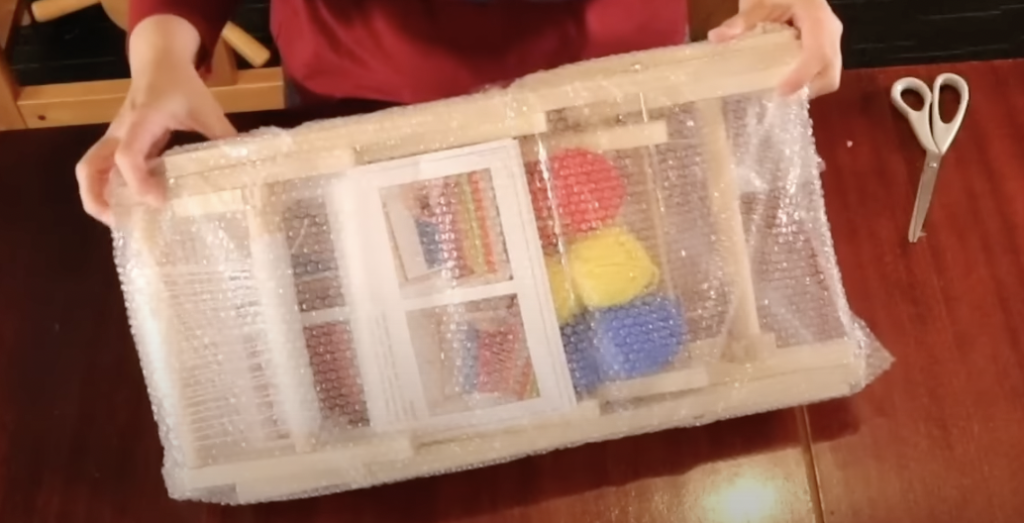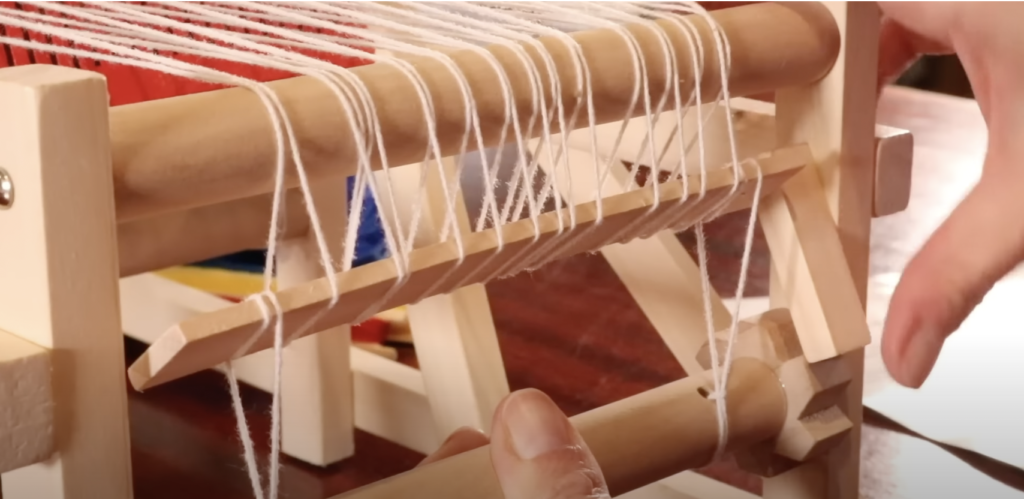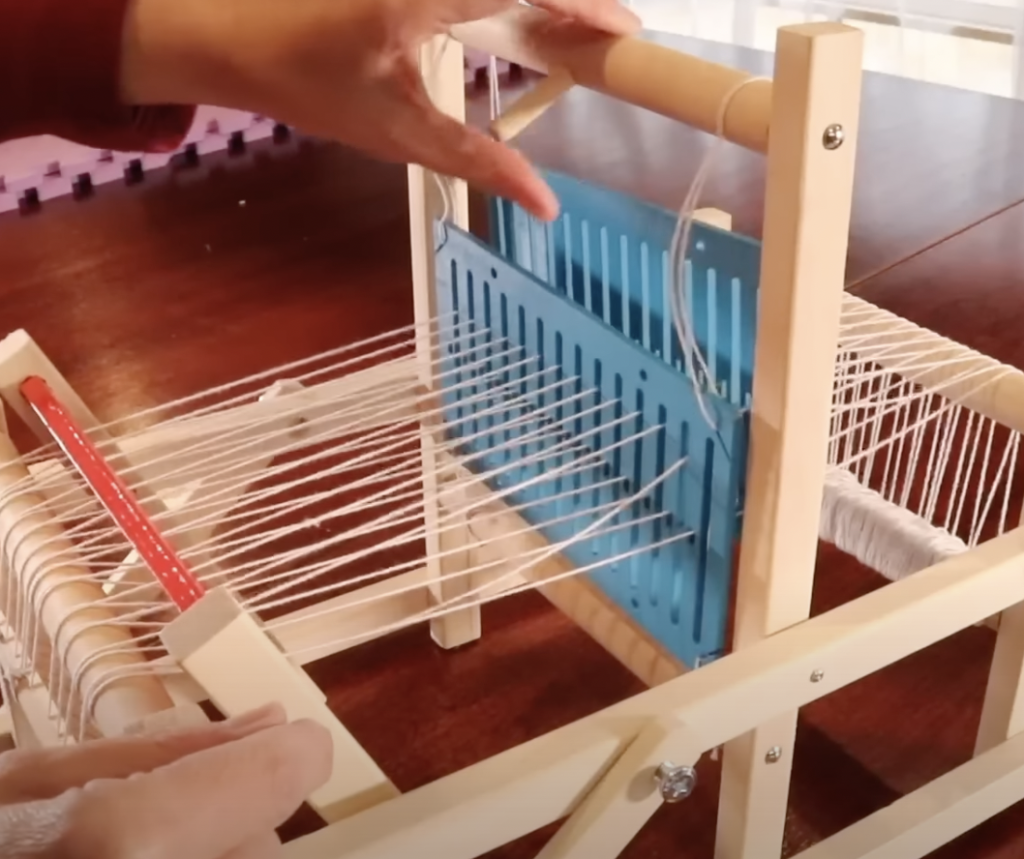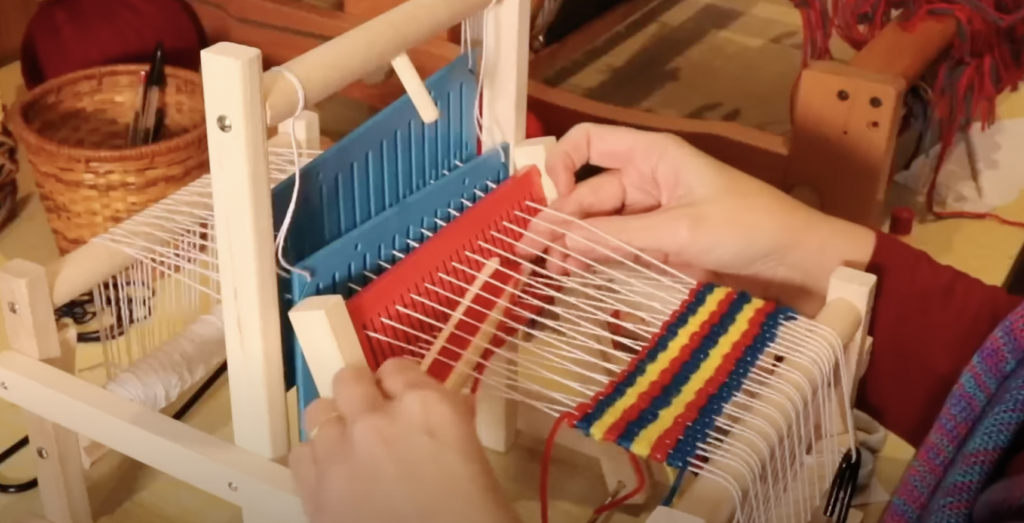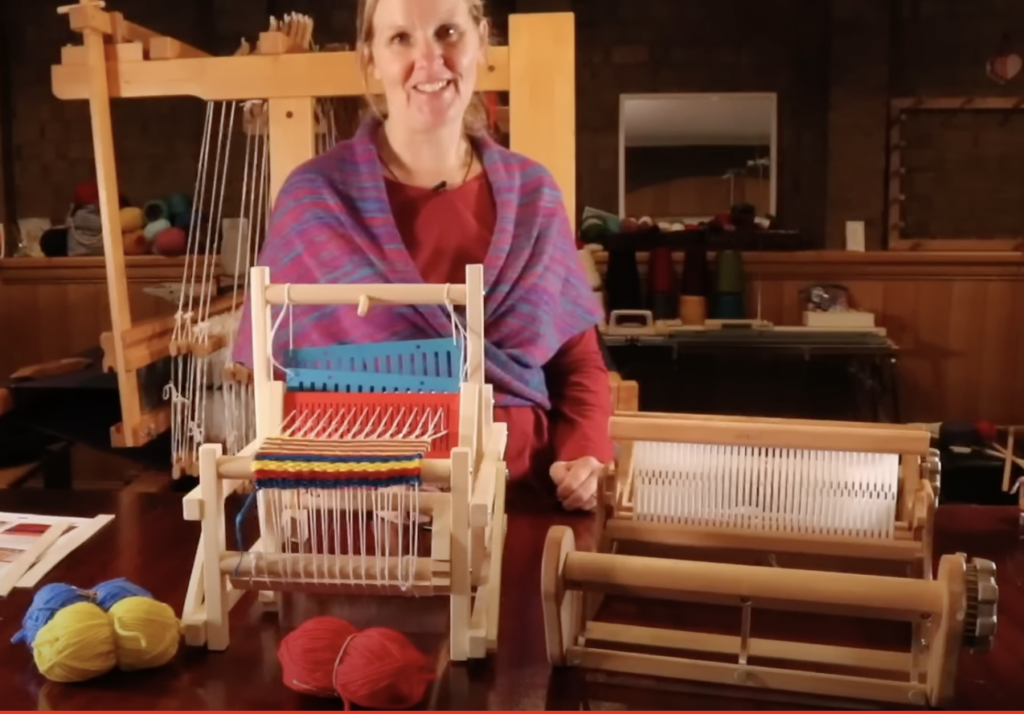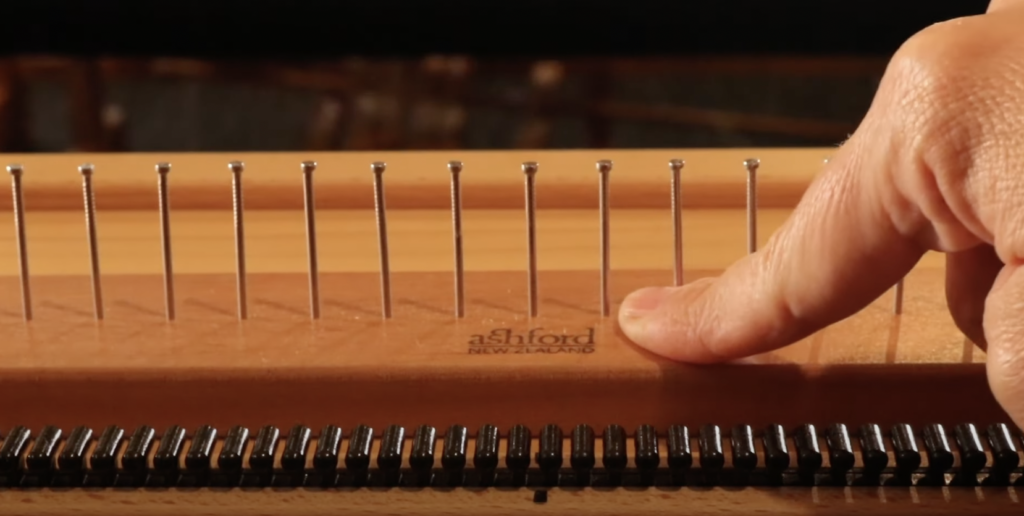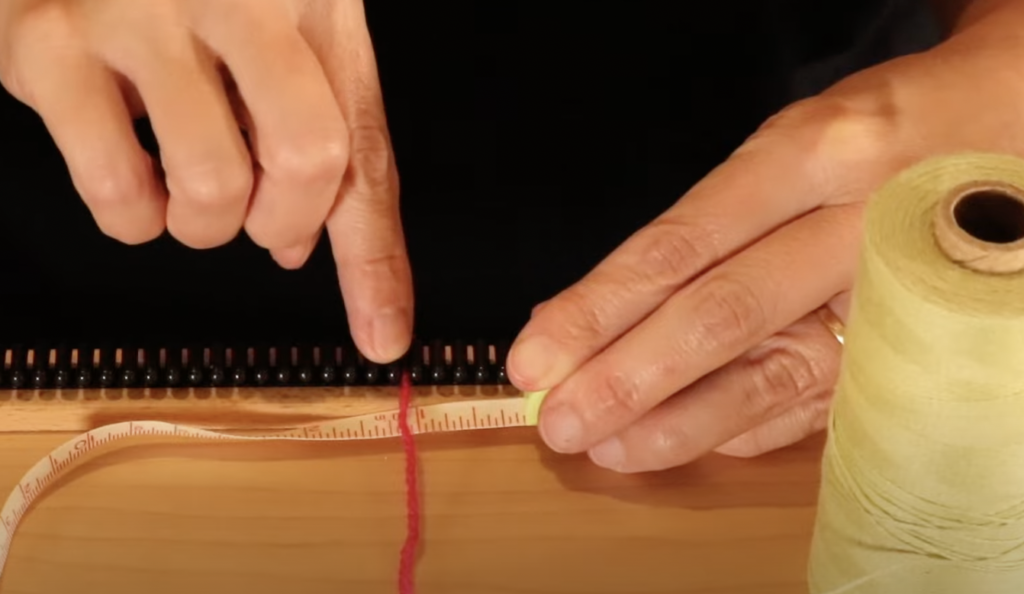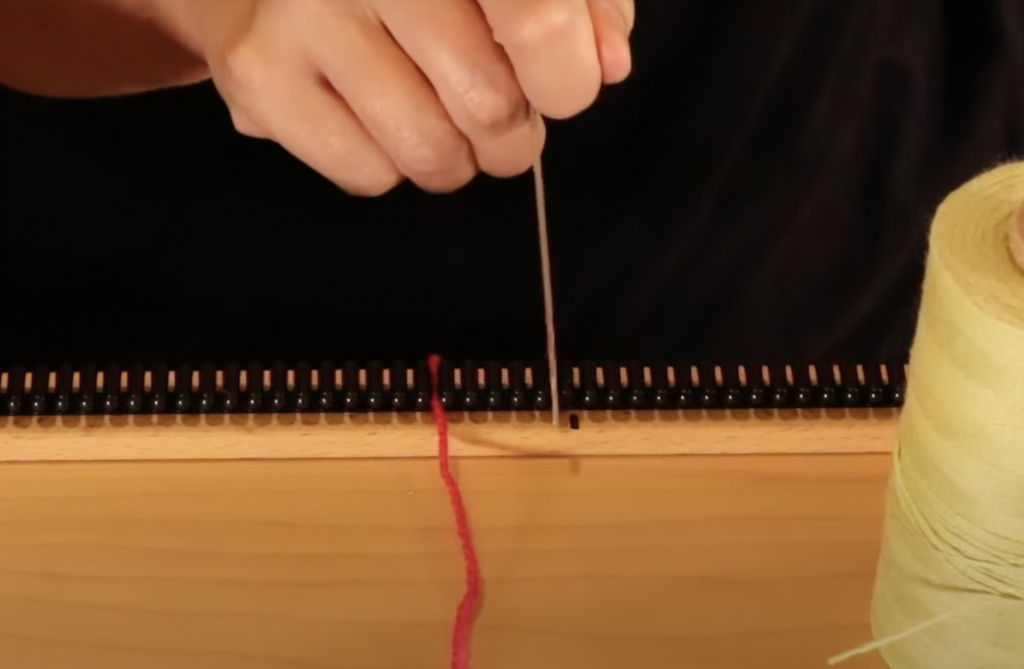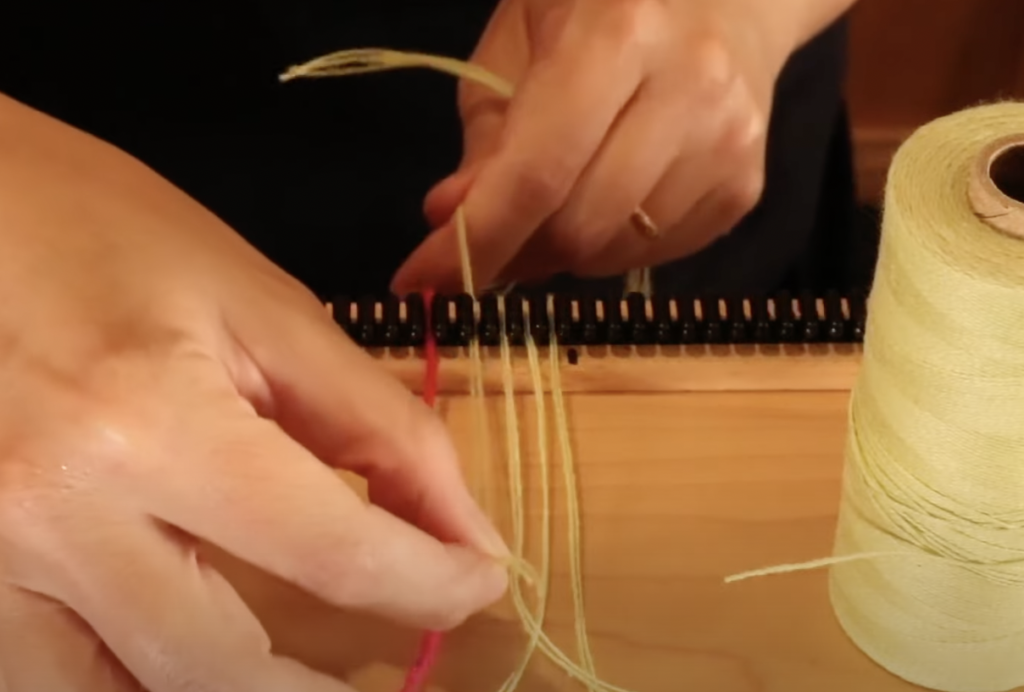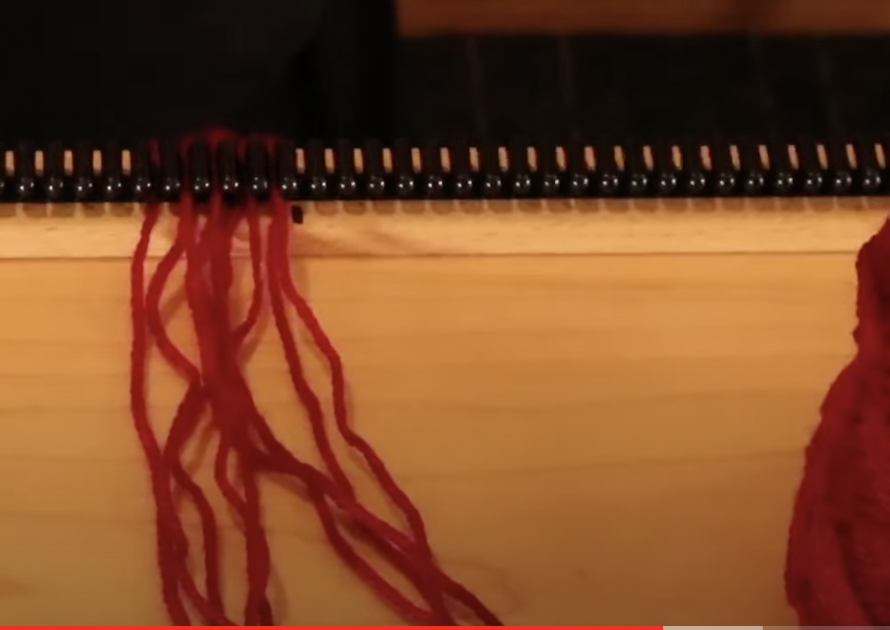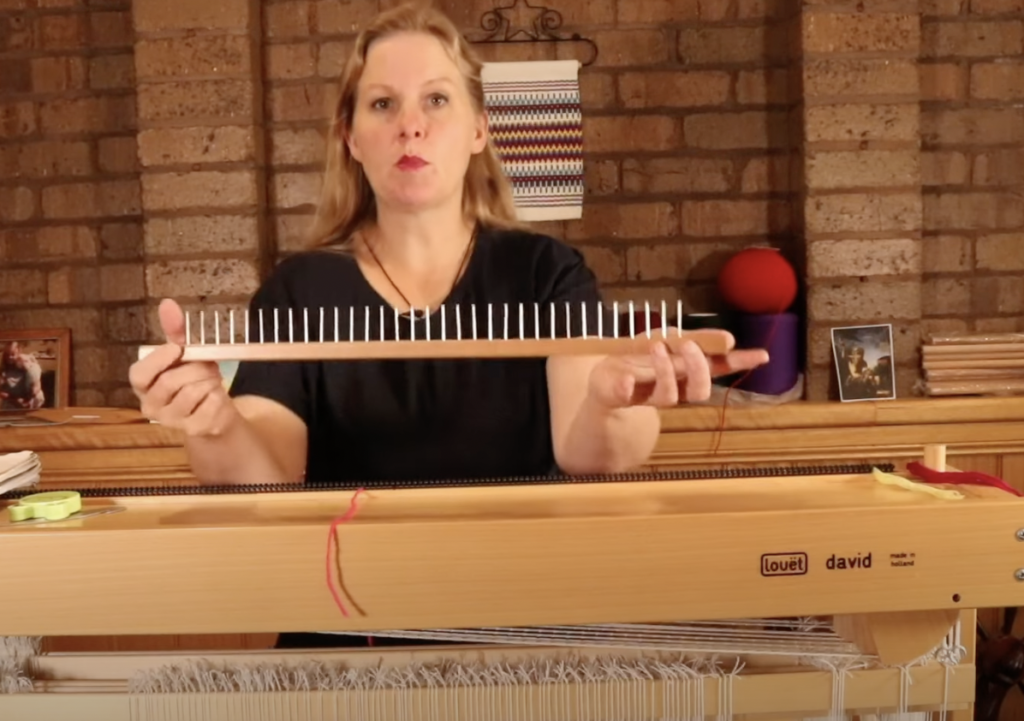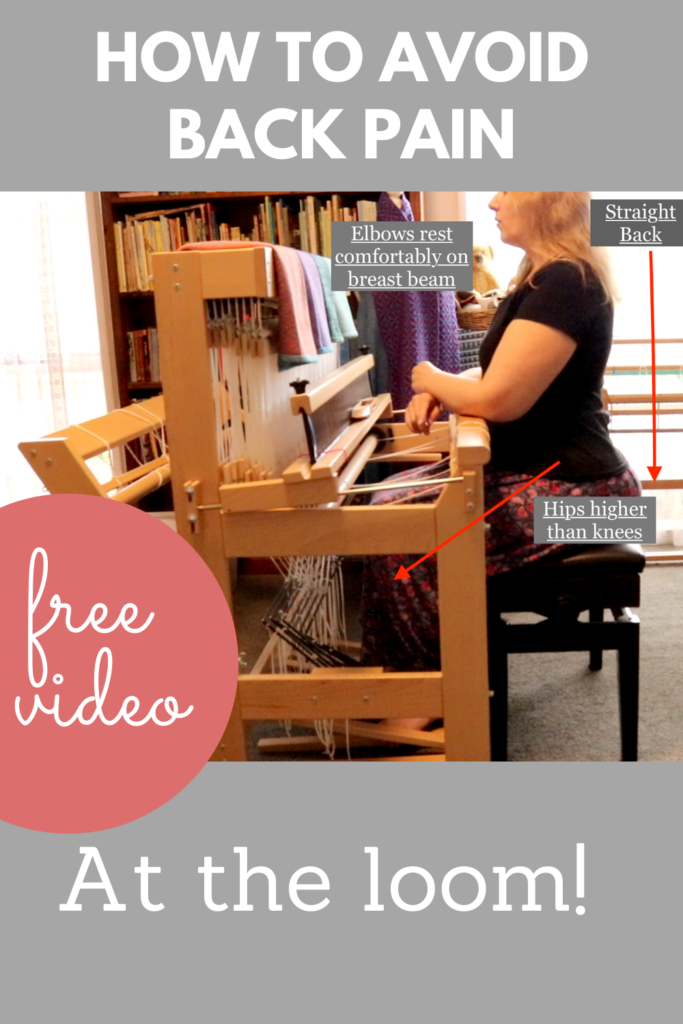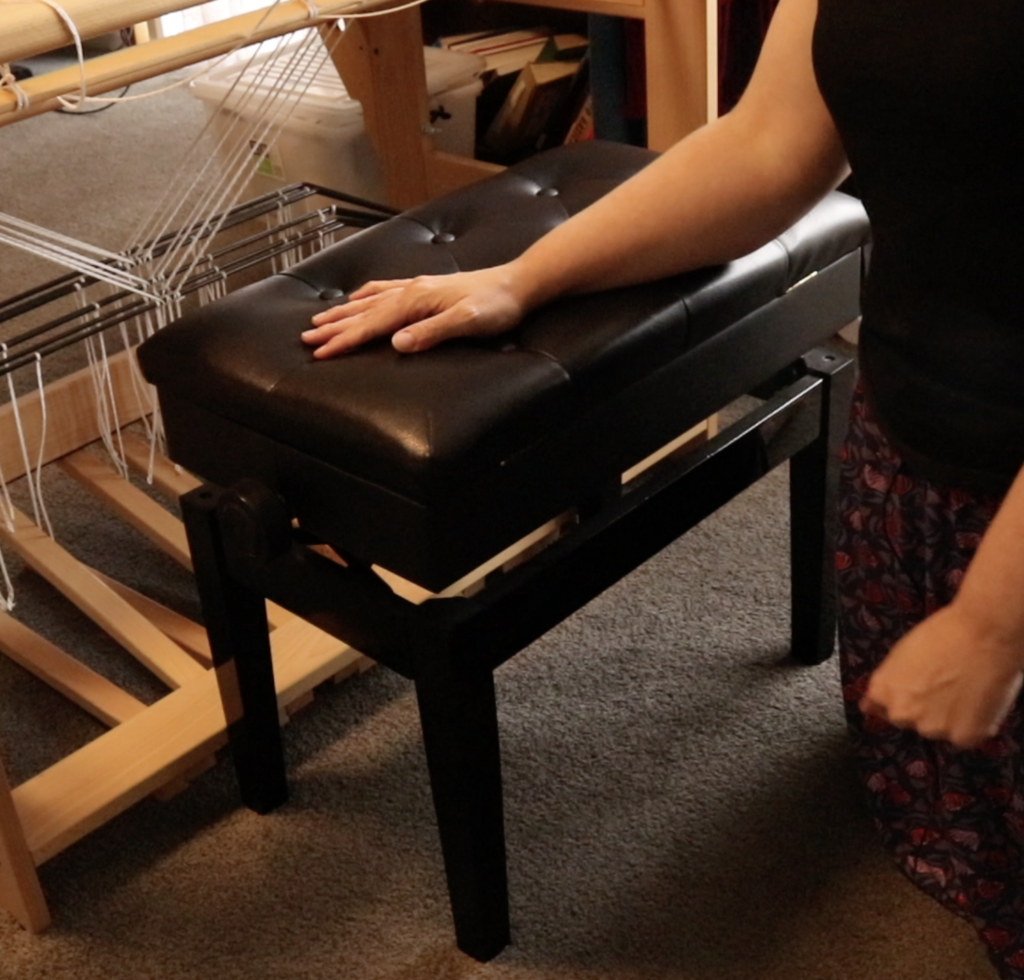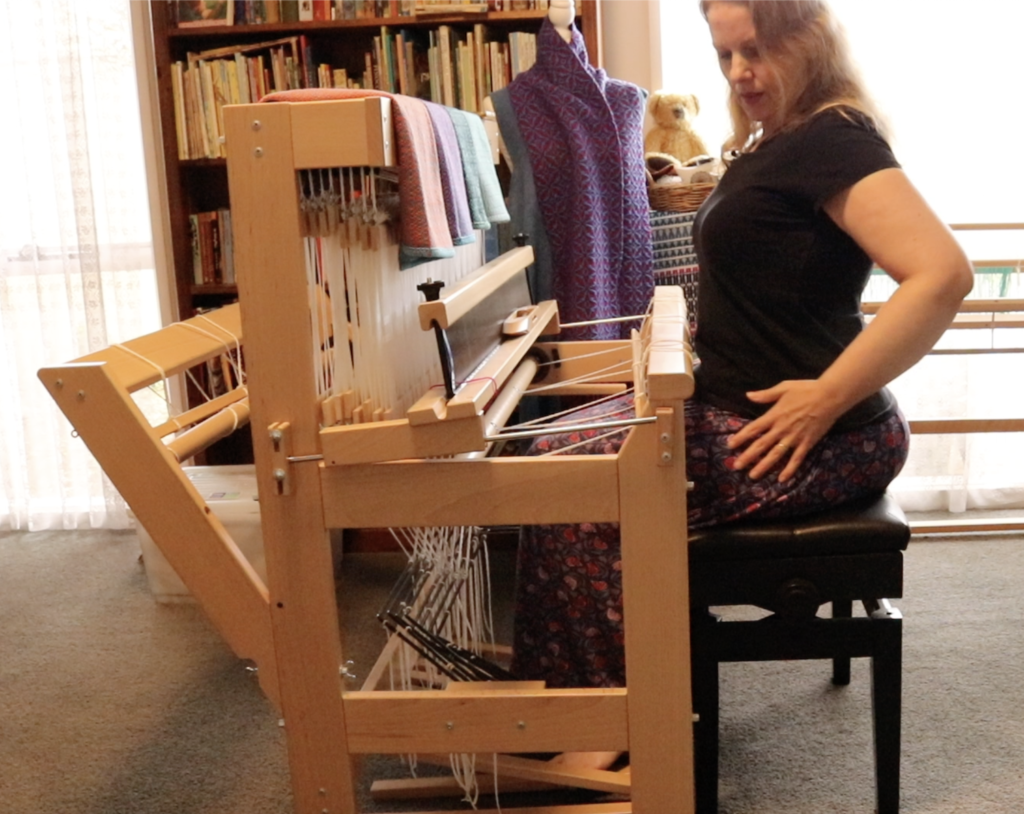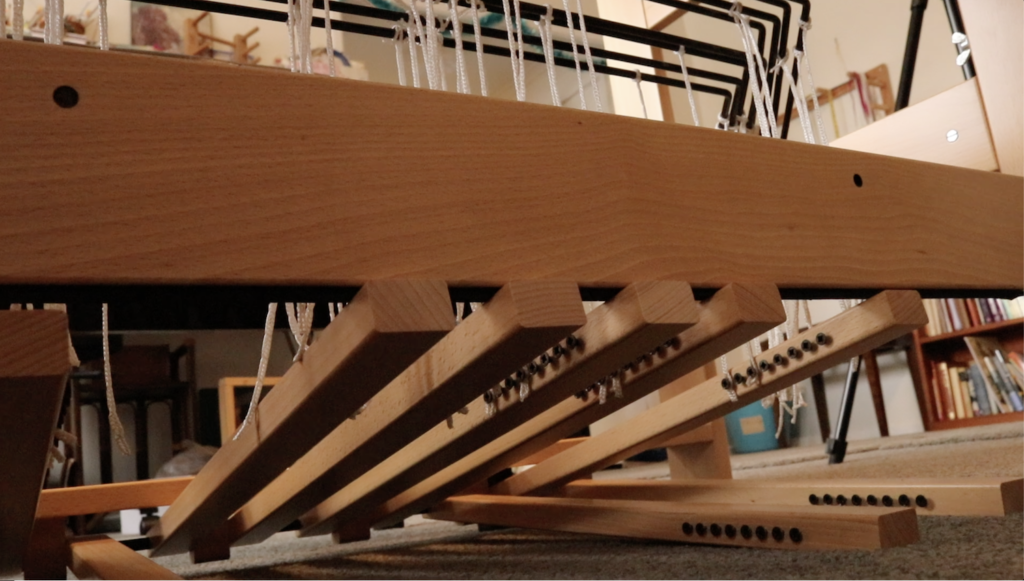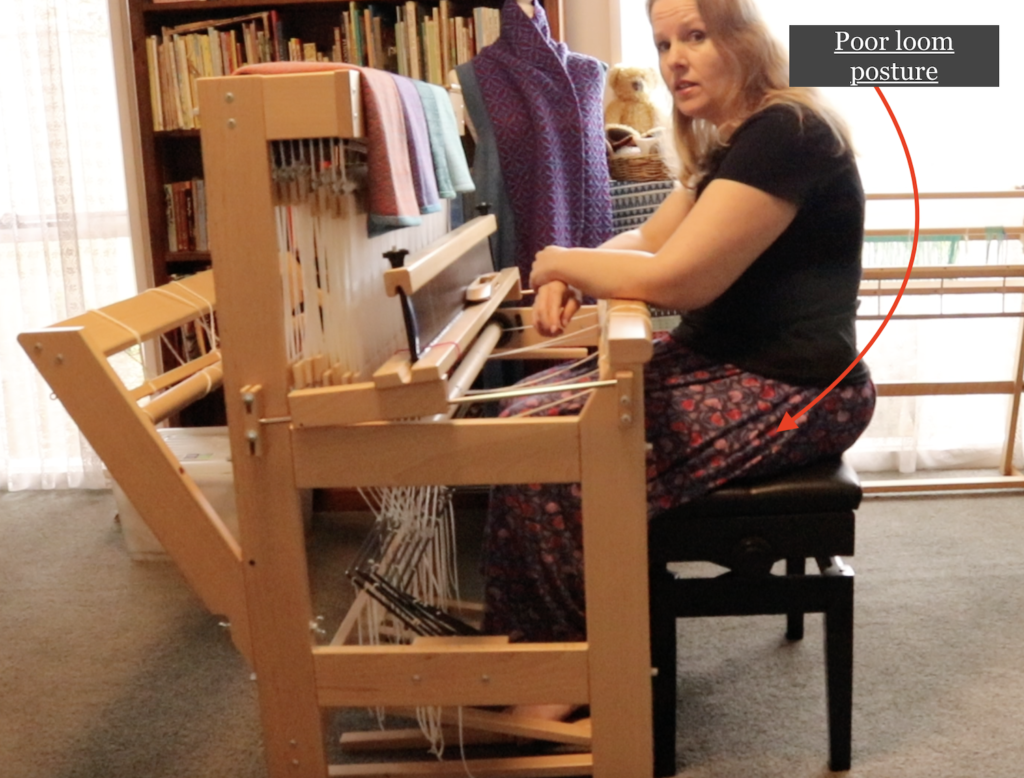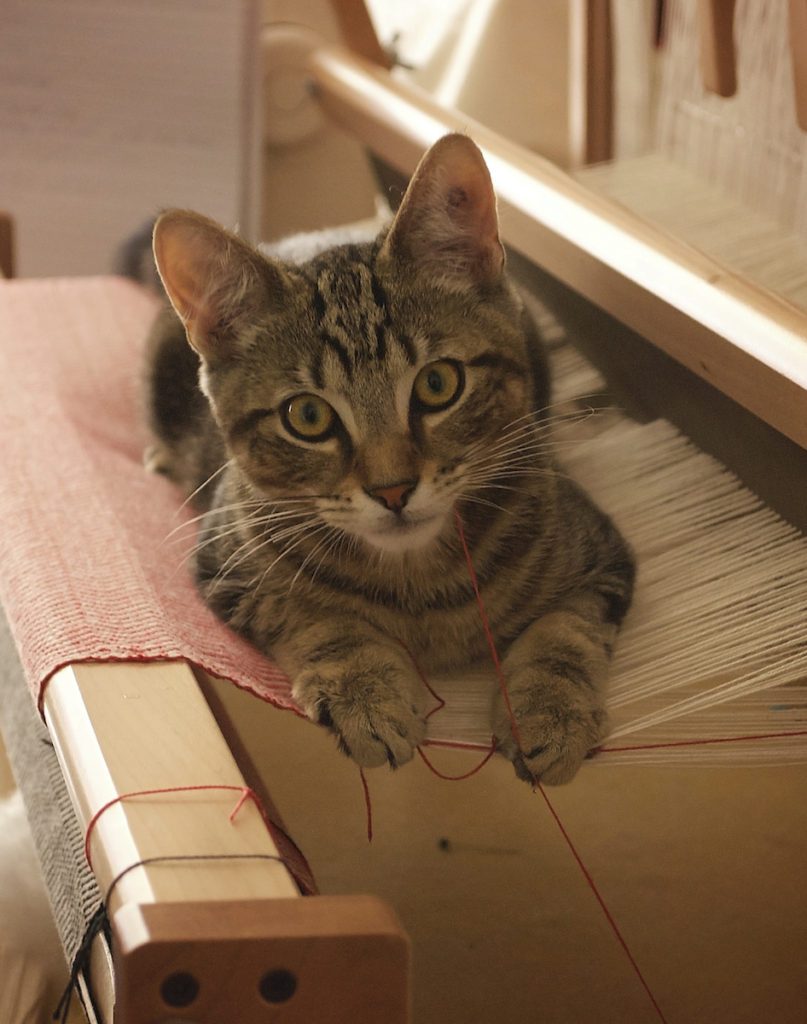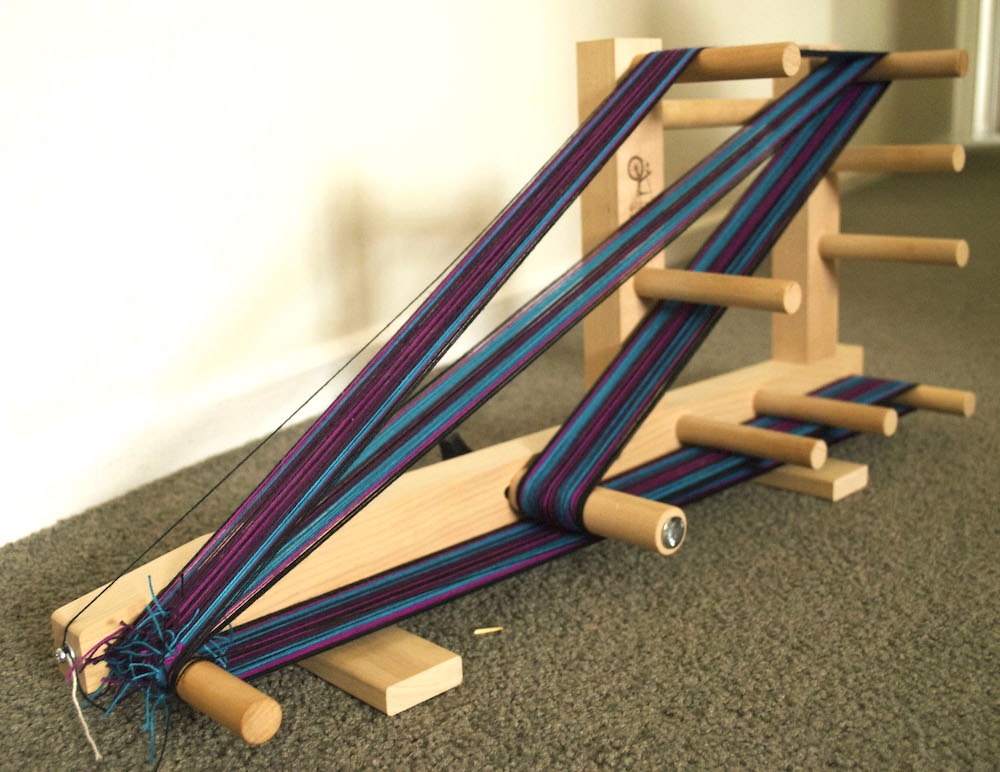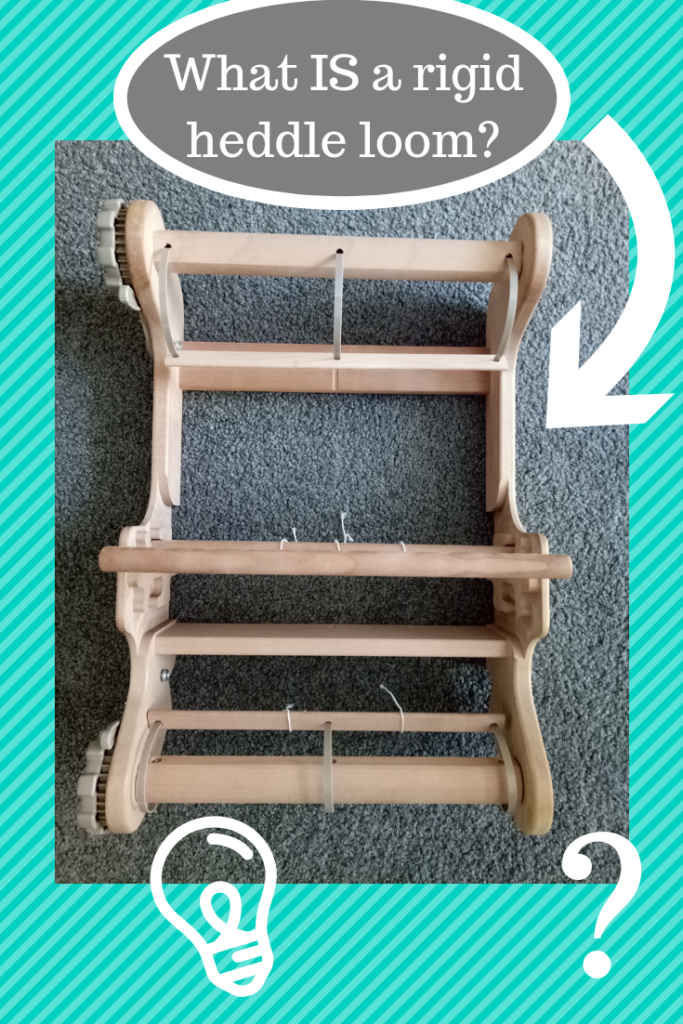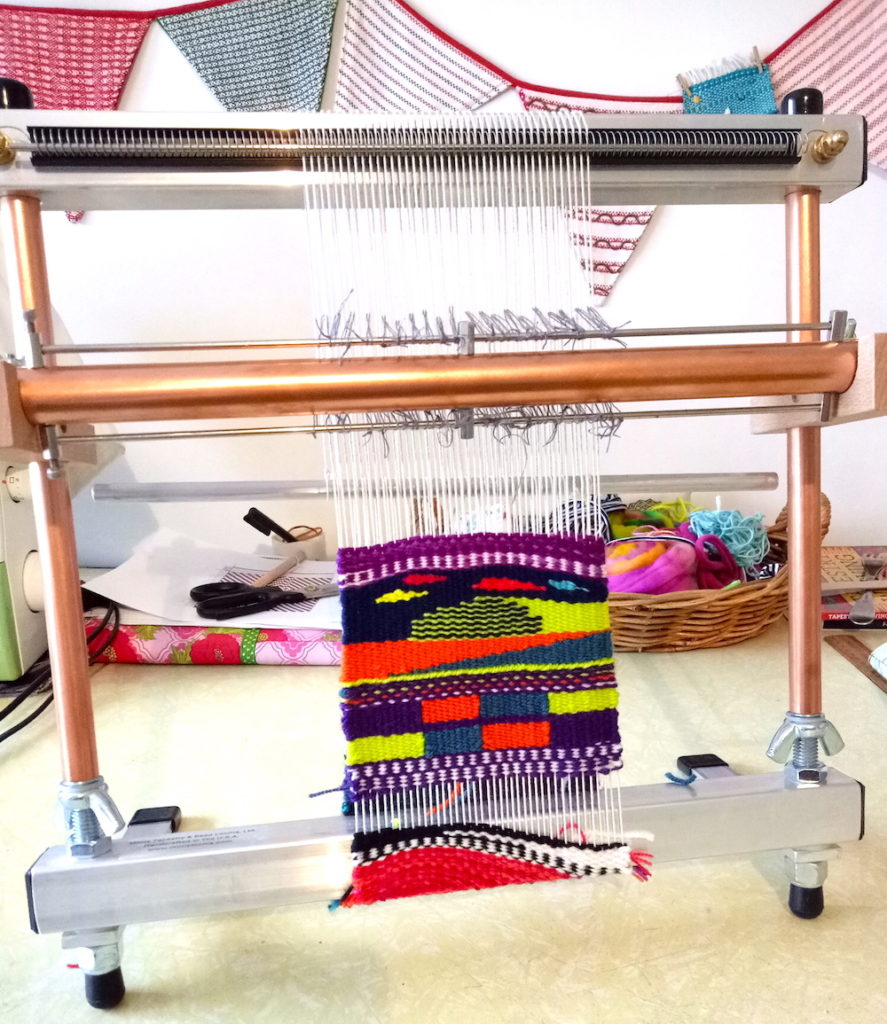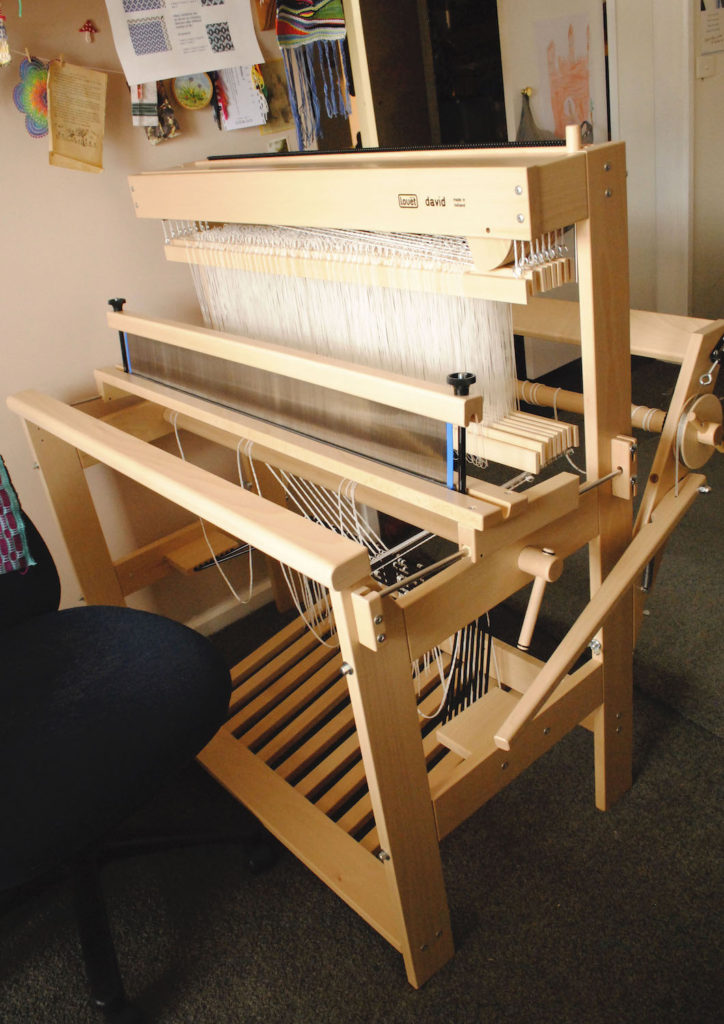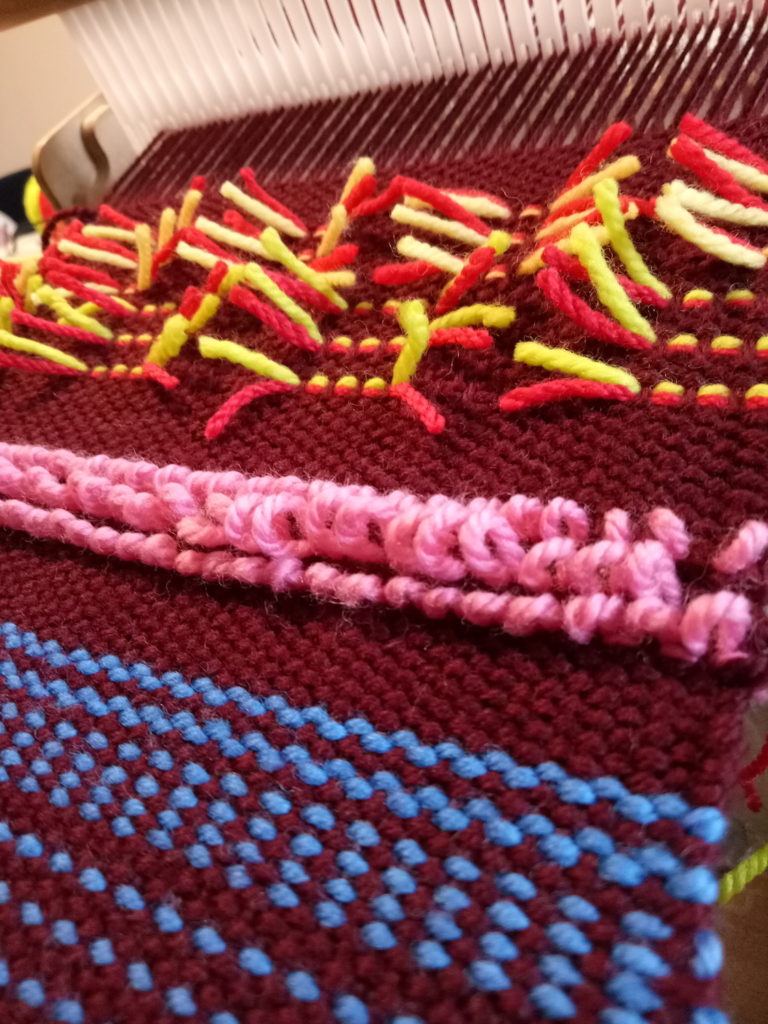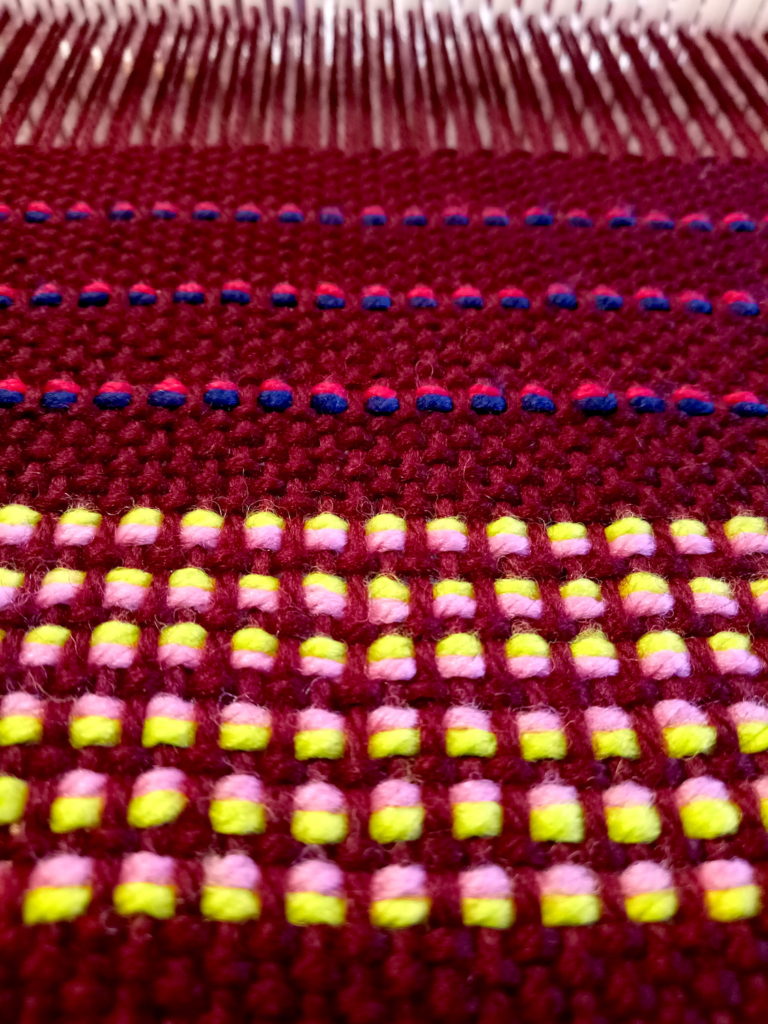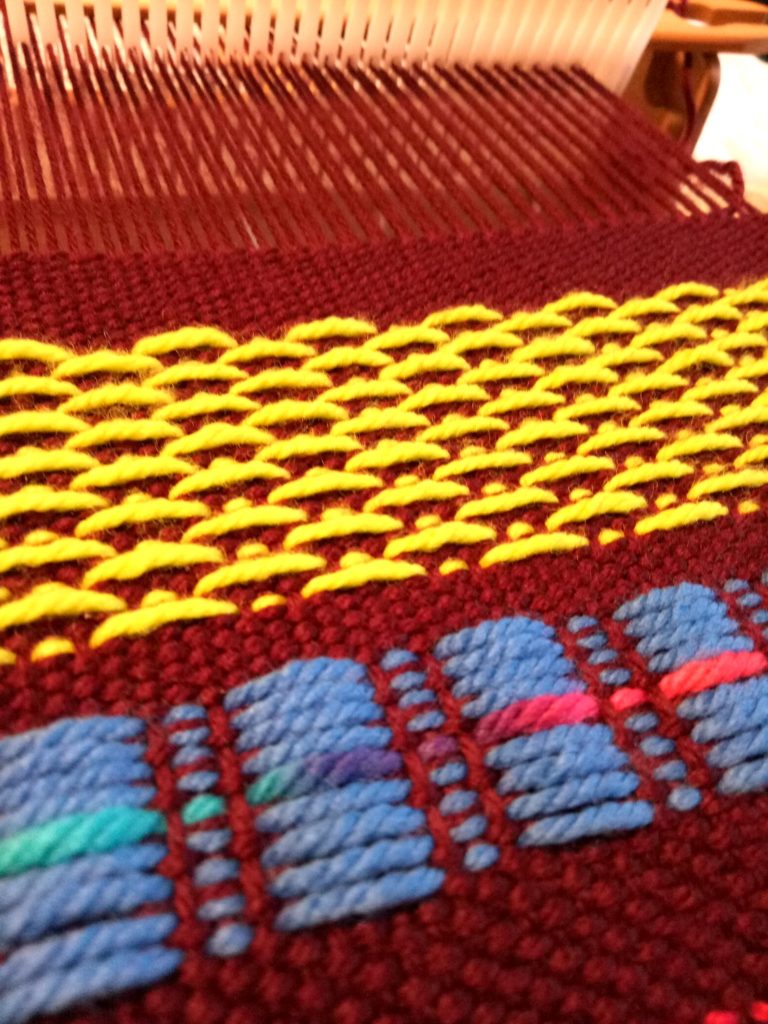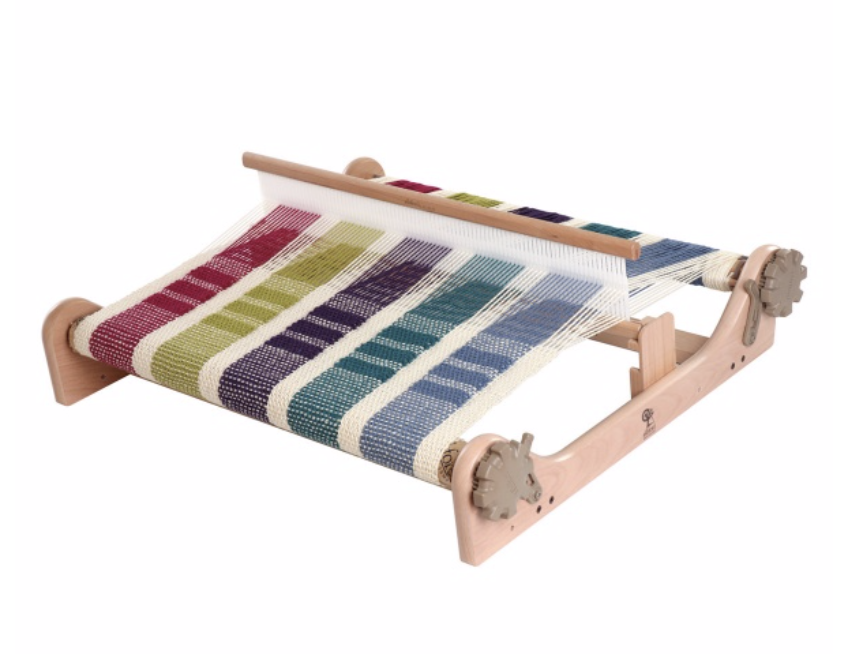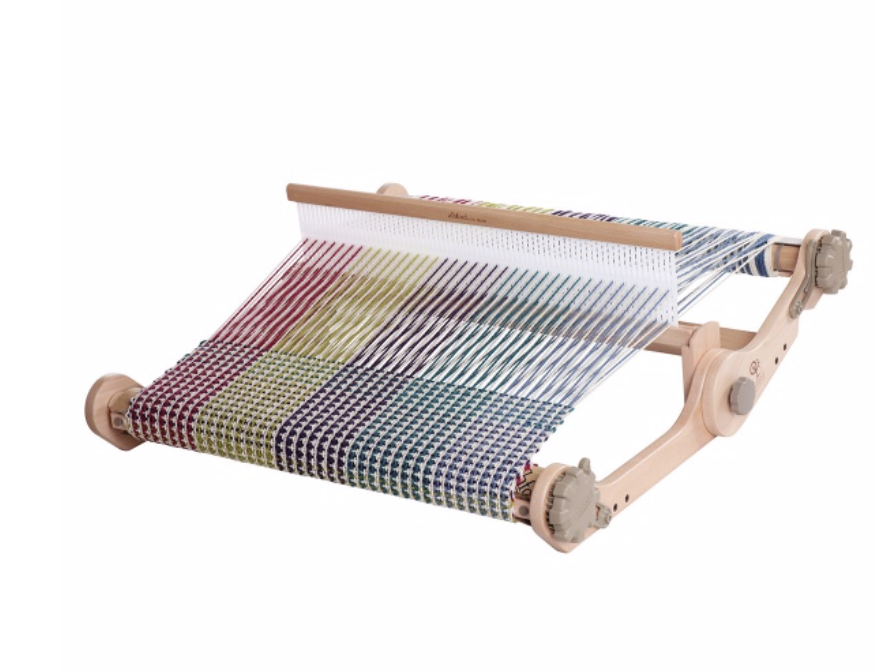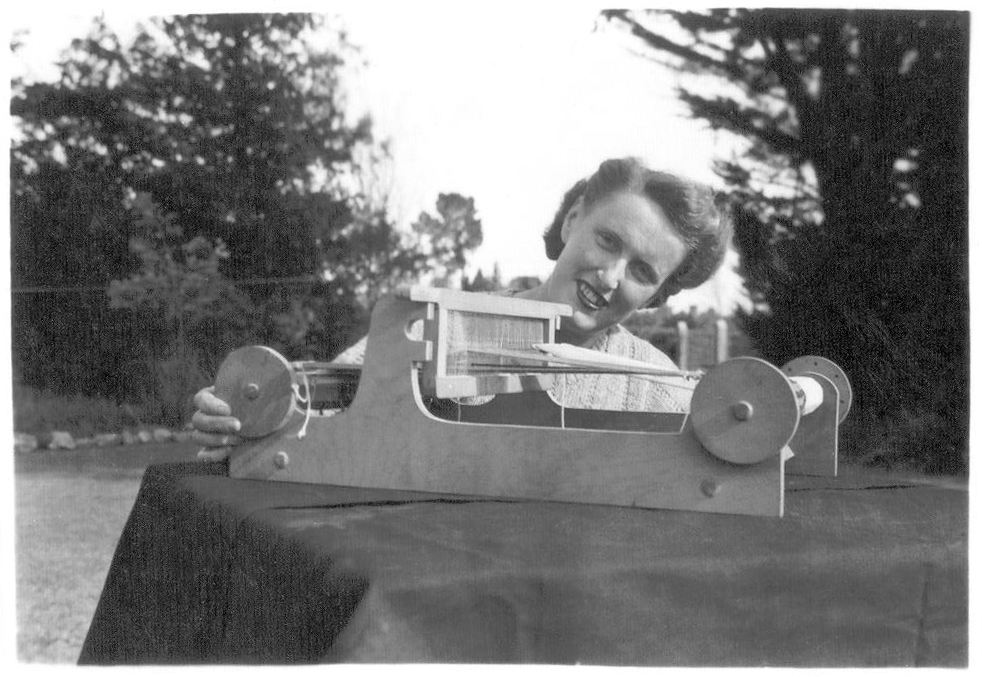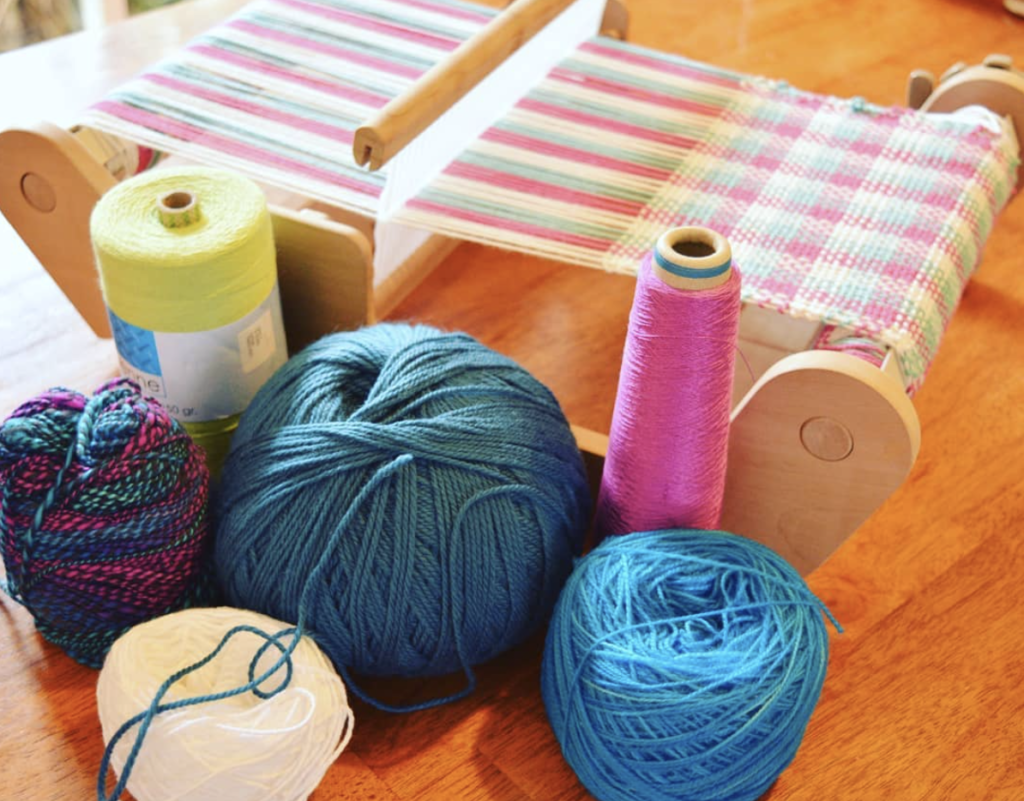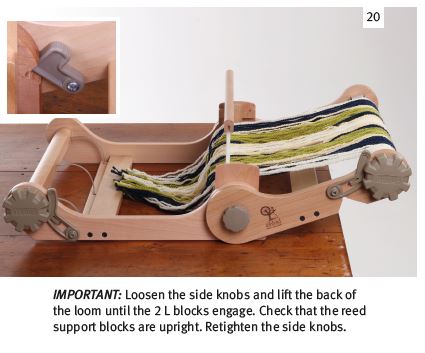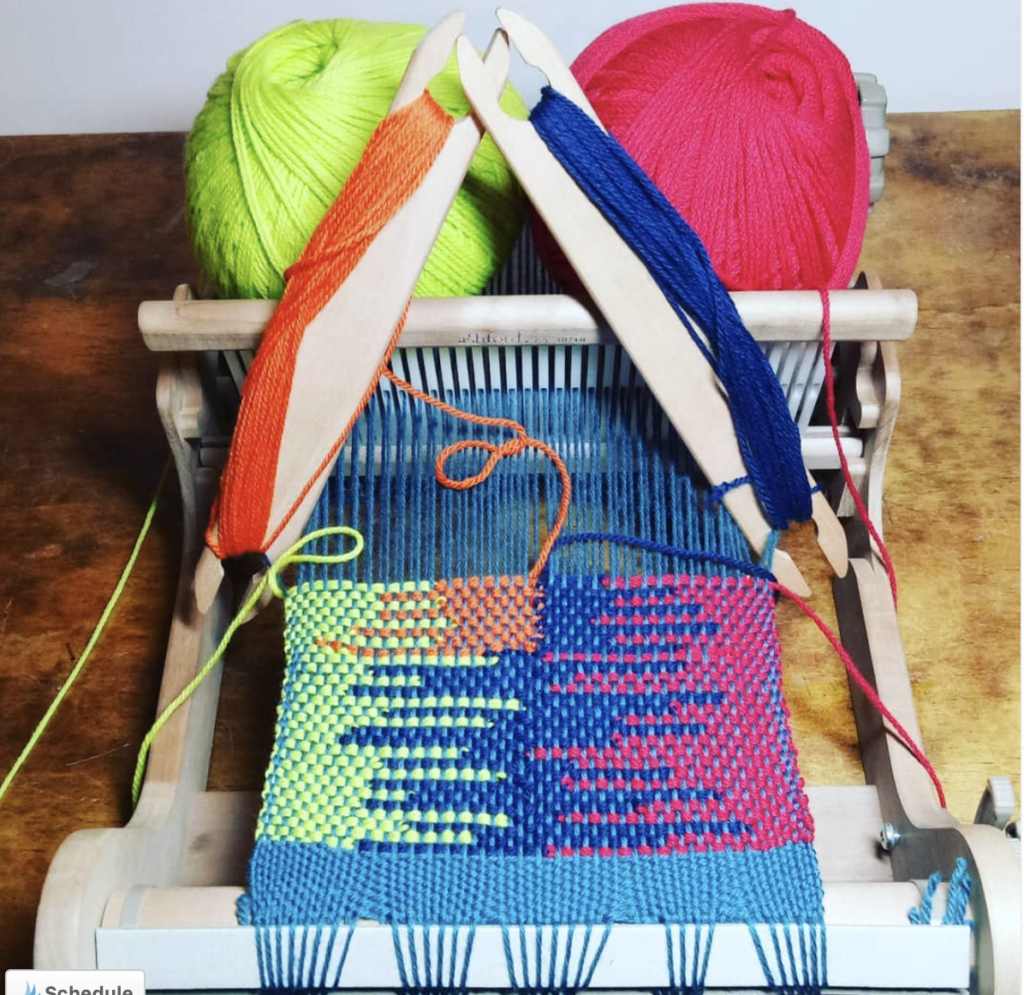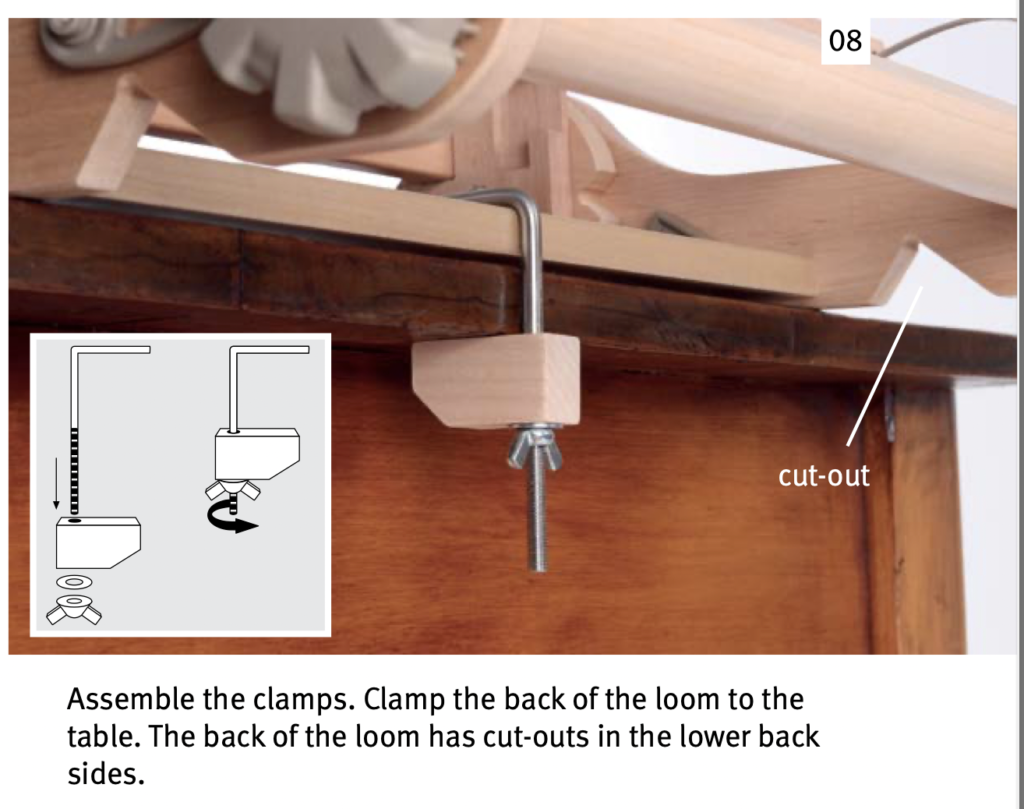Choosing the right weaving loom can feel overwhelming, especially with so many options now available! Whether you’re drawn to simple scarves, intricate patterns, or sturdy woven bands, knowing which loom is right for you will make all the difference in your weaving journey.
Not sure which loom is best for you? Take this fun, interactive quiz to help you find out! In just a few quick questions, you’ll discover whether a rigid heddle, table, inkle, or floor loom is the perfect fit for your needs.
Which Loom is Best for You?
Now that you’ve taken the quiz, you have a better idea of which loom suits your weaving goals and situation. Whether you’re ready to dive into rigid heddle weaving, explore patterning on a table loom, create unique and decorative bands with an inkle loom, or invest in a floor loom for larger, more involved projects, the right choice will set you up for success.
No matter where you start, weaving is a rewarding and creative journey. There are so many other weavers just like you out there, waiting to connect, inspire and be inspired!
Check out the Online Weaving School for step by step classes in many weaving disciplines. Learn from the comfort of your own home, in your own time.
Classes are available for single purchase or if you choose a membership not only do you gain access to the full class library of over 100 classes, you also receive an invitation to join the private member’s group.
Is it time for you to delve in a join the Online Weaving School? 😀
I hope you enjoy the quiz, I would love for you to share your answer in the comments below and let me know whether it reflects you and your situation ⬇️
